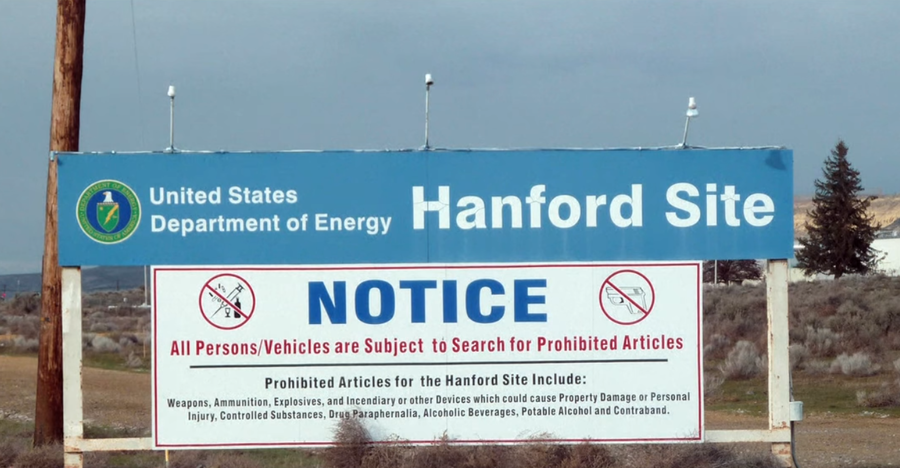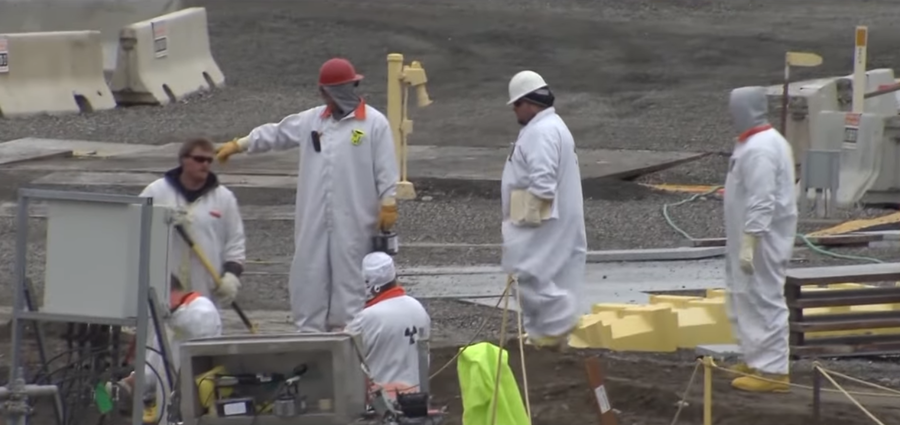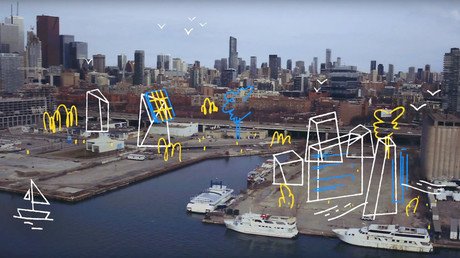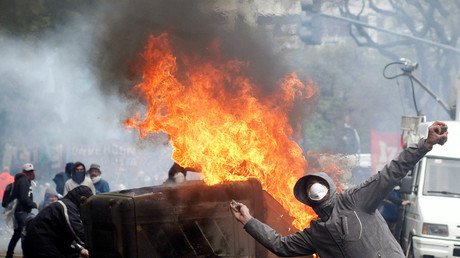Hanford nuclear plant employees told to 'take cover' over incident
Employees at the Hanford Vit Plant – one of the US’ largest nuclear waste processing facilities – have been told to “take cover.” The alert was issued as a precaution, the company operating the facility said.
The employees at the waste treatment plant were allegedly told to “go to the closest Take Cover facility” and avoid “eating or drinking until further notice,” according to the text message published by the people on social media.
Hanford VIT plant right now via local news pic.twitter.com/g06pwbJuHD
— Ashley Kae (@ashweekaee) October 26, 2018
The warning to the employees was issued because steam was coming out from one of the tunnels at the waste treatment plant construction site, Bechtel, the company in charge of the construction works said, adding that it was made out of “precaution.”
BREAKING NEWS: We have confirmed that a text alert has been sent out to employees of the Hanford Vit Plant telling them to "take cover". Media relations personnel would not release any other information at this time. pic.twitter.com/JydUgdPAEz
— Jade Redinger (@JadeKAPPKVEW) October 26, 2018
"There is no indication of a release of hazardous material," a Bechtel statement said. However, the workers were still said to stay in cover until further notice.
The Hanford Nuclear Reservation is located in the US state of Washington, not far from the town of Richland. It was built in the 1950s and for decades produced plutonium for the US nuclear weapons arsenal. In 1988, production stopped and the site became a burial ground for radioactive waste.

The facility contains roughly 53 million gallons – over 2,600 rail cars – of high-level nuclear waste, left over from the production of plutonium. In May, one of the underground tunnels filled with radioactive waste collapsed, prompting the Department of Energy to declare an emergency at Hanford. Some 3,000 workers sought shelter and were advised to temporarily refrain from eating and drinking.
READ MORE: High risk of another nuclear waste tunnel collapse in Washington – govt
No workers were injured in the collapse, and officials detected no release of radiation at that time. However, a month later, the US Department of Energy warned that another waste-filled tunnel was at high risk of collapsing as well.
Following the 2017 tunnel collapse at the Hanford site, an RT crew visited the area to get an insight into what was happening on the ground. The Hanford nuclear waste site, which is one of the biggest nuclear waste facilities in the world, is called America’s most toxic place. Numerous workers have been hospitalized after inhaling radioactive fumes since the cleanup of the facility began in 1989.
“I’ve got a vapor exposure. I lost 40 percent of my lung capacity,” one man, who worked at the Hanford site, told RT at that time. “I cannot do any normal activity… for a couple of months, I sat in my chair and I laid in my bed and I thought I was dying,” another former Hanford worker said.

Under the 2010 agreement signed by the US Department of Energy, the US Environmental Protection Agency, and the state Department of Ecology, what was described as the world's largest vitrification plant was planned to be built at the Hanford site.
The facility – the Hanford Vit Plant – designed to encase the most highly radioactive waste in borosilicate glass was scheduled to become fully operational by 2019. All the waste is supposed to be treated by 2047.
WATCH MORE:
Think your friends would be interested? Share this story!














